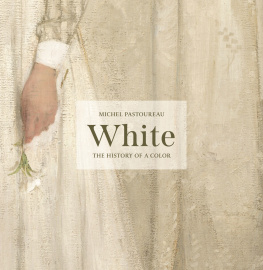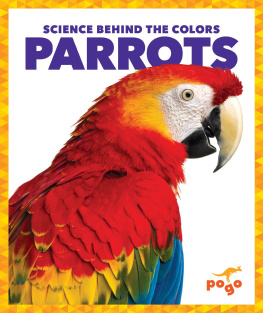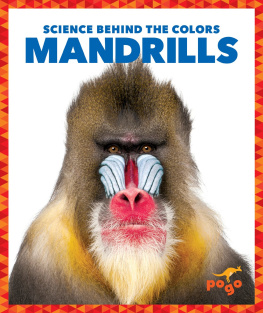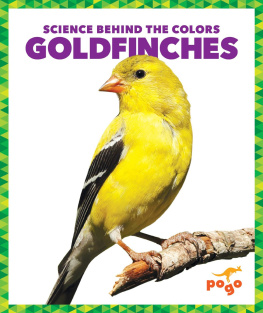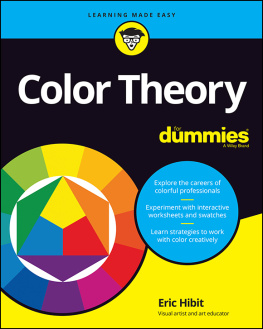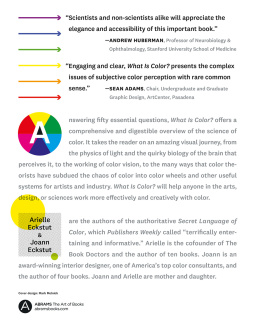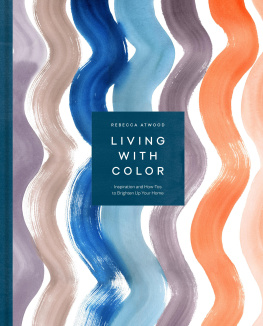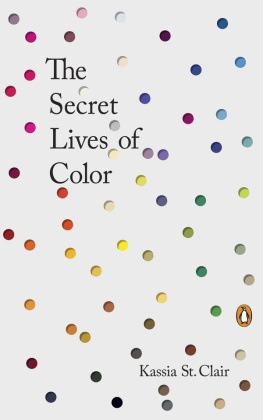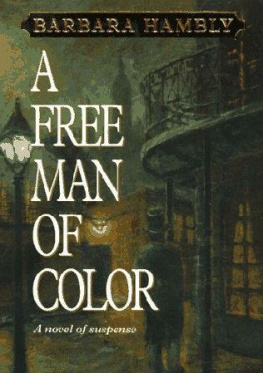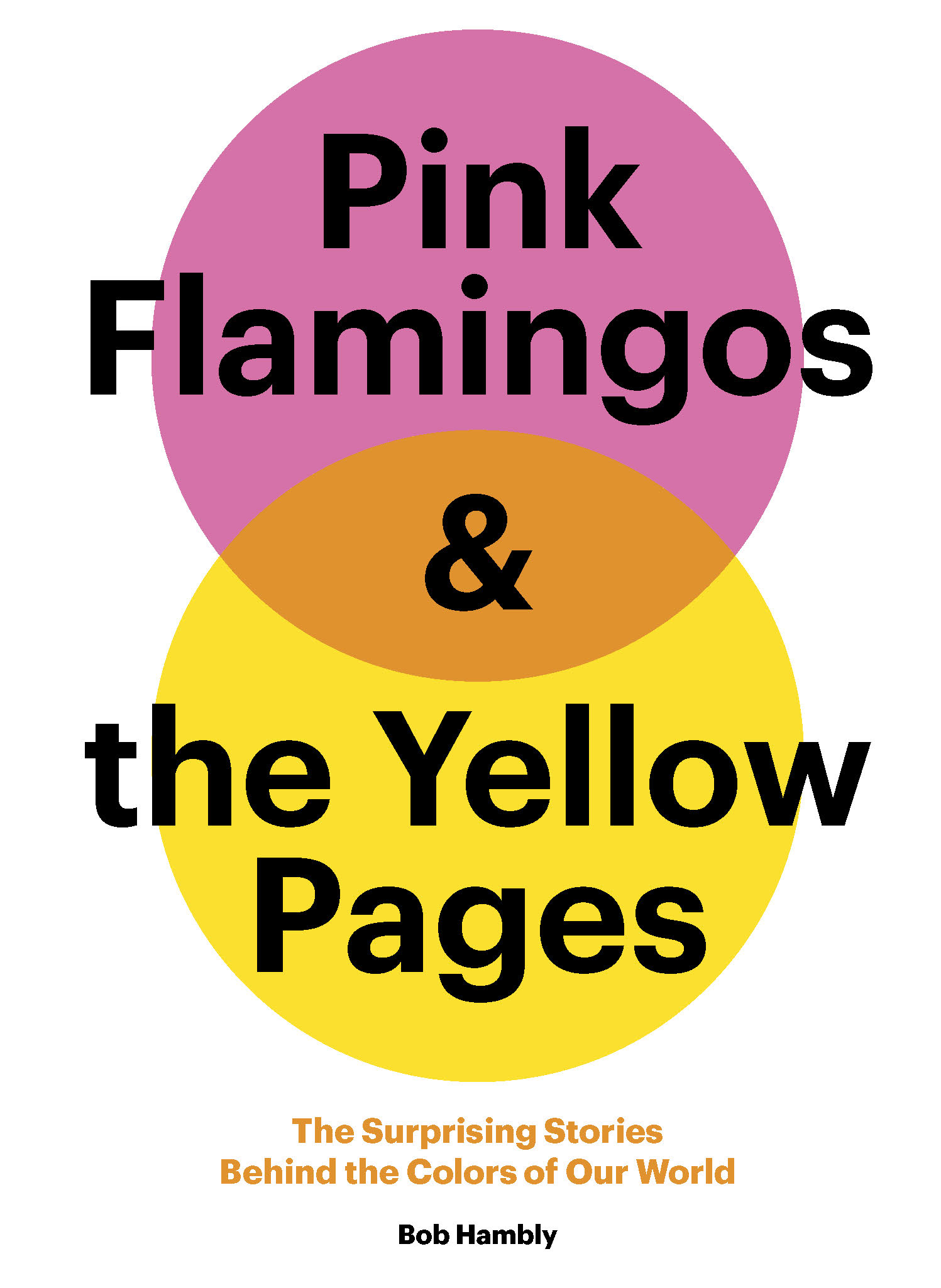Bob Hambly - Pink Flamingos and the Yellow Pages: The Surprising Stories behind the Colors of Our World
Here you can read online Bob Hambly - Pink Flamingos and the Yellow Pages: The Surprising Stories behind the Colors of Our World full text of the book (entire story) in english for free. Download pdf and epub, get meaning, cover and reviews about this ebook. year: 2022, publisher: Chronicle Books LLC, genre: Romance novel. Description of the work, (preface) as well as reviews are available. Best literature library LitArk.com created for fans of good reading and offers a wide selection of genres:
Romance novel
Science fiction
Adventure
Detective
Science
History
Home and family
Prose
Art
Politics
Computer
Non-fiction
Religion
Business
Children
Humor
Choose a favorite category and find really read worthwhile books. Enjoy immersion in the world of imagination, feel the emotions of the characters or learn something new for yourself, make an fascinating discovery.

- Book:Pink Flamingos and the Yellow Pages: The Surprising Stories behind the Colors of Our World
- Author:
- Publisher:Chronicle Books LLC
- Genre:
- Year:2022
- Rating:5 / 5
- Favourites:Add to favourites
- Your mark:
Pink Flamingos and the Yellow Pages: The Surprising Stories behind the Colors of Our World: summary, description and annotation
We offer to read an annotation, description, summary or preface (depends on what the author of the book "Pink Flamingos and the Yellow Pages: The Surprising Stories behind the Colors of Our World" wrote himself). If you haven't found the necessary information about the book — write in the comments, we will try to find it.
Why are wedding dresses white? And what is the Ketchup and Mustard Theory? The answers always come back to color. Color infuses our lives with meaning, manifesting in science, language, design, pop culture, and beyond. Specific hues shape our everyday actions and define entire generations. In 75 short essays, this book reveals the hidden histories behind a range of fascinating huesfrom shocking shades to subtle tints, from jockey silks on the racetrack to corals on the ocean floor. This elegant little hardcover is bursting with bright photographs throughout. Its a vivid tour across geography and through time that will leave you with a renewed sense of curiosity and wonder about our colorful world.
KNOWLEDGEABLE AUTHOR: Designer Bob Hambly brings both expertise and irresistible enthusiasm to this exploration of color. His blog Colour Studies has received publicity in the design blog world since its 2017 launchincluding a feature in Uppercase Magazine.
THE JOY OF COLOR: Color is a universal element of the world; it lifts our mood and fascinates us. Everyone from artists to designers to rainbow lovers will enjoy this fresh spin on the topic.
APPROACHABLE AND COMPELLING: Hambly shares his insights in a direct and appealing style sprinkled with wry humor. Photographs and a bold, colorful design make this book a delight to read.
PERFECT FOR TRIVIA LOVERS: With wow-worthy information presented in bitesize chapters, this is the perfect gift for anyone who loves collecting trivia.
Perfect for:
Trivia enthusiasts
Color and rainbow lovers
Art and design fans
History buffs
Pop culture fiends
Bob Hambly: author's other books
Who wrote Pink Flamingos and the Yellow Pages: The Surprising Stories behind the Colors of Our World? Find out the surname, the name of the author of the book and a list of all author's works by series.

